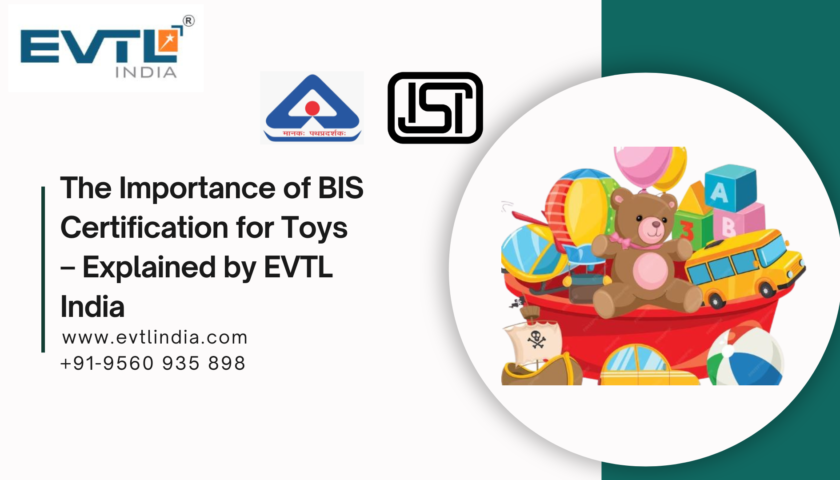Table of Contents
ToggleEvery business that relies on equipment and assets for daily operations understands the importance of maintenance. A well-maintained infrastructure ensures productivity and minimises downtime. However, manual maintenance tracking, paperwork, and outdated spreadsheets make it difficult to manage assets efficiently.
This is where a Computerised Maintenance Management System (CMMS) comes into play. A CMMS is software designed to streamline maintenance operations by automating work orders and managing inventory.
However, you can get its benefits only when you implement it appropriately. Opting for CMMS implementation services can help you a lot regarding this. Professionals will help you deal with all challenges associated with its implementation. In this post, we will tell you everything you need to know about it.
What is CMMS?
It is a software solution to streamline and optimise maintenance operations for businesses. It serves as a centralised platform for tracking assets, managing work orders, and scheduling preventive maintenance. Automating routine maintenance tasks reduces downtime, minimizes unexpected equipment failures, and improves overall efficiency.
This system provides valuable insights through real-time reporting and analytics. It enables businesses to make data-driven decisions. Manufacturing, healthcare, facility management, and transportation industries rely on CMMS to improve productivity and reduce maintenance costs.
How to Implement CMMS?
Implementing a Computerised Maintenance Management System (CMMS) requires careful planning and execution to ensure maximum effectiveness. Here’s a step-wise guide to successfully implementing this solution:
Step 1: Define Objectives
Before implementing CMMS, it is essential to identify the organisation’s maintenance goals. You should assess current challenges, such as unplanned downtime, inefficient work order management, or compliance issues. After that, you have to set clear objectives.
Moreover, you must understand the specific requirements of the maintenance team. It ultimately helps in selecting the right features that align with business needs.
Step 2: Choose the Right Software
Selecting the right CMMS software is critical to successful implementation. You should evaluate different solutions based on ease of use, scalability, integration capabilities, and feature sets.
It is essential to consider whether the system supports mobile accessibility, cloud storage, and automated reporting. A trial period or demo can help you determine whether the CMMS meets your requirements before full deployment.
Step 3: Gather and Organise Data
A CMMS is only as effective as the data it processes. Before implementation, you need to collect accurate data on assets, maintenance schedules, spare parts inventory, and historical work orders.
Once you collect the data, the next thing you need to do is to standardise the entry format. Now, clean the outdated records to prevent errors. Properly organising maintenance information ensures a smooth transition and allows the CMMS to provide accurate insights from the start.
Step 4: Train Maintenance Teams
User adoption plays a significant role in the success of CMMS implementation. Maintenance technicians, managers, and administrative staff should be trained on how to use the system effectively.
Training sessions should focus on data entry, work order management, reporting features, and troubleshooting common issues. You should also provide user manuals and ongoing support to help employees adapt quickly to the new system.
Step 5: Start with a Pilot Implementation
Instead of deploying CMMS across the entire organisation at once, you should run a pilot program. A small-scale implementation allows you to test the system, identify gaps, and make necessary adjustments.
Try to collect feedback from maintenance teams. It enables you to highlight usability issues or feature gaps. Addressing these concerns before full-scale deployment ensures a seamless transition with minimal disruption.
Step 6: Monitor Performance and Optimise
CMMS implementation does not end after deployment. You need to pay attention to continuous monitoring to ensure long-term success. You must track key performance indicators (KPIs) such as work order completion rates, equipment downtime, and maintenance costs.
Regular assessments help identify areas for improvement, and software updates ensure the CMMS continues to meet evolving business needs. Ongoing optimisation maximises efficiency and returns on investment.
Why Do You Need Professionals to Implement CMMS?
Implementing CMMS is a complex process that requires expertise and accuracy. You can attempt to set up CMMS independently. However, you may not be able to get the desired outcomes. Partnering with a reputable company, such as Rildov LLC can help you a lot regarding this. It has a team of professionals to ensure a seamless implementation process.
They understand the complexities of data migration, system configuration, and integration. Without professional guidance, the risk of errors will be high. Professionals help in customising CMMS according to your specific needs. It ensures that the system is aligned with maintenance goals.
They also provide structured training programs, making it easier for employees to adapt quickly. Hiring professionals for CMMS implementation saves time, enhances efficiency, and guarantees long-term success. It ultimately allows you to focus on operations without worrying about technical complexities.
Takeaway
Implementing a CMMS is a game-changer for organisations looking to reduce downtime and improve asset management. Make sure you hire skilled professionals to implement this system to get all the benefits associated with it.





